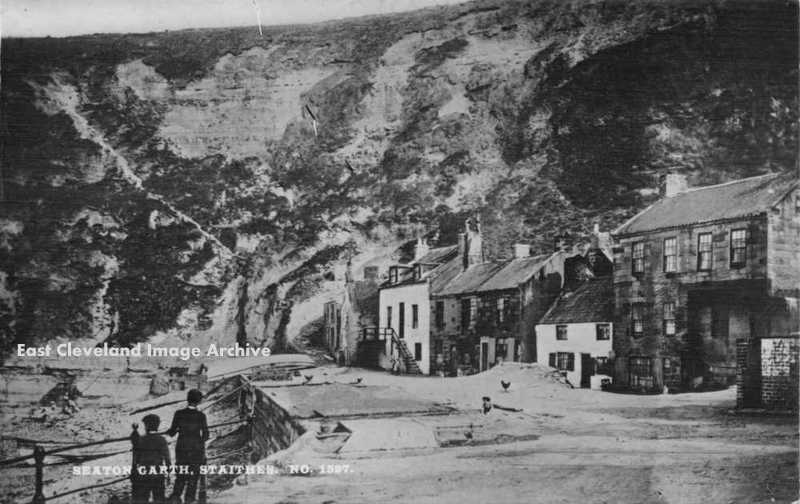
Seaton Garth, Staithes, around 1900; someone’s chickens are loose on the Garth. In more modern times and despite the restrictions on motor vehicles accessing the Garth the poultry would have little chance to roam!
Image courtesy of Maurice Grayson.
|
|
||
 Seaton Garth, Staithes, around 1900; someone’s chickens are loose on the Garth. In more modern times and despite the restrictions on motor vehicles accessing the Garth the poultry would have little chance to roam! Image courtesy of Maurice Grayson. 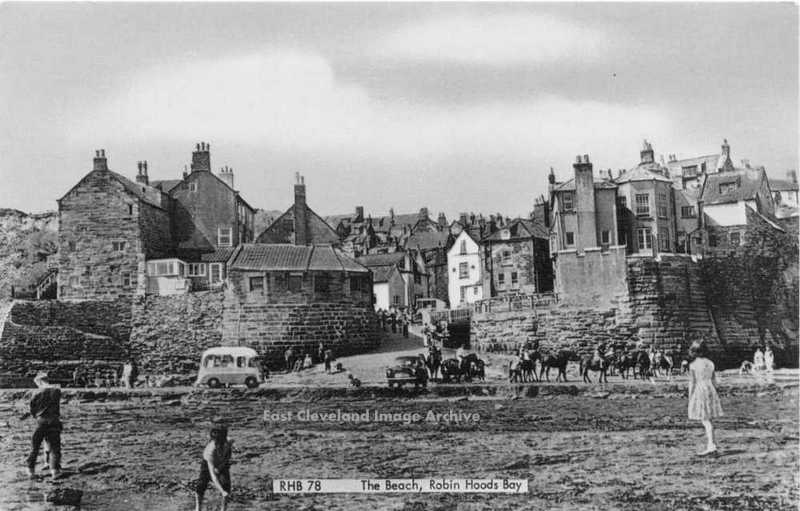 Dock End, from the beach, Bay Town. The ice cream van is very distinctive. The car perhaps an Standard 8 or 10? is helpful in dating this postcard, can our viewers assist? Image courtesy of Maurice Grayson.  A view of the beach chalets at Hazelgrove, Saltburn. We believed the image dated from just before World War II, Callum Duff advises us: ”This postcard dates from after World War II. The pier has been refurbished, the landward buildings have been weatherboarded and the windowed screens have been added. I have film of Saltburn from 1963 and the Hazelgrove Chalets have the same colour scheme so I would date this image as being sometime between 1952 (date of pier re-opening) and 1963.” Image courtesy of Maurice Grayson and thanks to Callum Duff for the update. 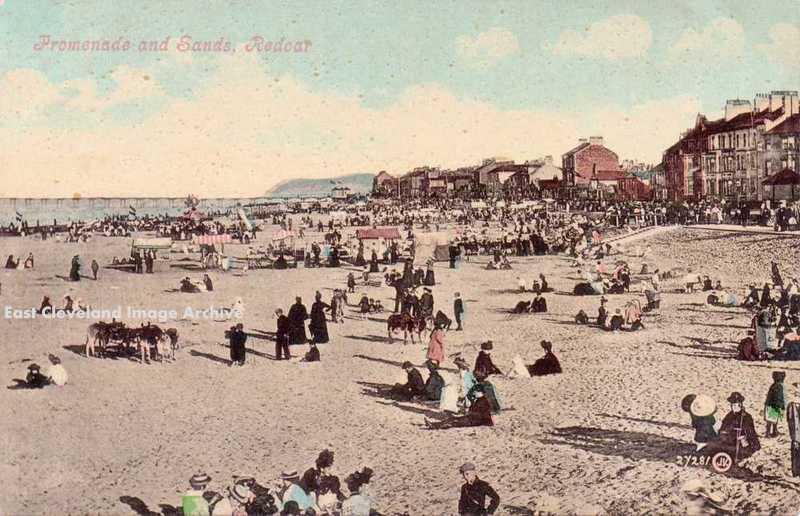 Beach scene at Redcar around 1900. A hot sunny day, but with very little flesh on view; compare this with a modern beach scene. Image courtesy of Maurice Grayson. 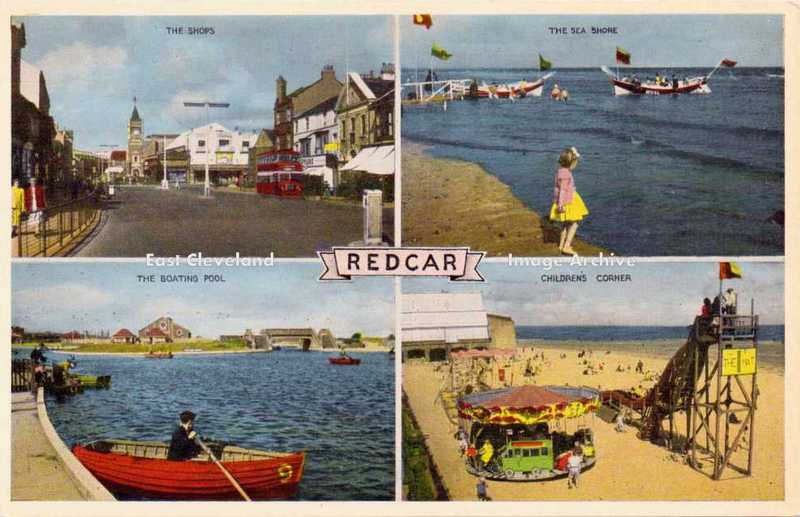 Four views of Redcar in the 1950’s; the Childrens Corner was also known as Sunshine Corner. Alan Etherington comments: “I remember the “Penny Mat” being built. Stan Winskill was the owner and you carried your mat to the top and he was there to take your penny and give you a push. Must have been the early 1950s.” Whilst today teh other major change is that the High Street is now closed to traffic. Image courtesy of Maurice Grayson, thanks to Alan Etherington for the update. 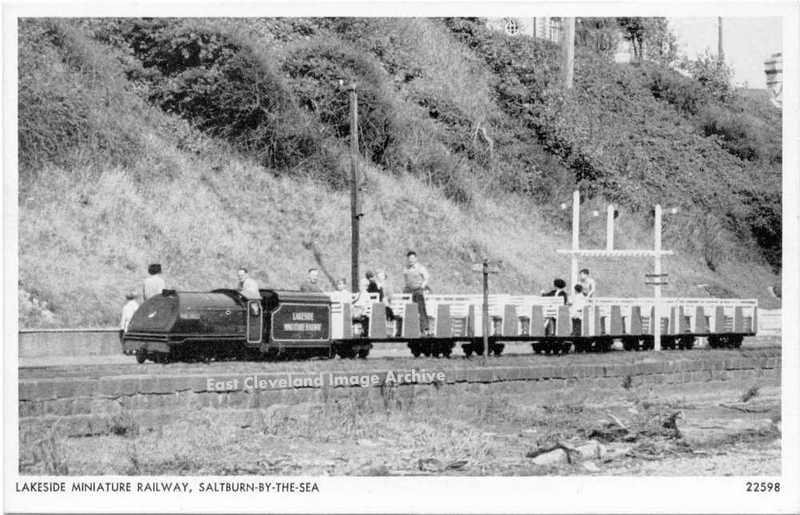 Saltburn Miniature Railway started in 1947; it’s original track running from the Beach Road alongside Skelton Beck through a tunnel under the Halfpenny Bridge to the Italian Gardens. The 15 inch gauge engine based on an A4 type locomotive was named Prince Charles. The line was moved to the other side of the beck after a landslip. Image courtesy of Maurice Grayson. 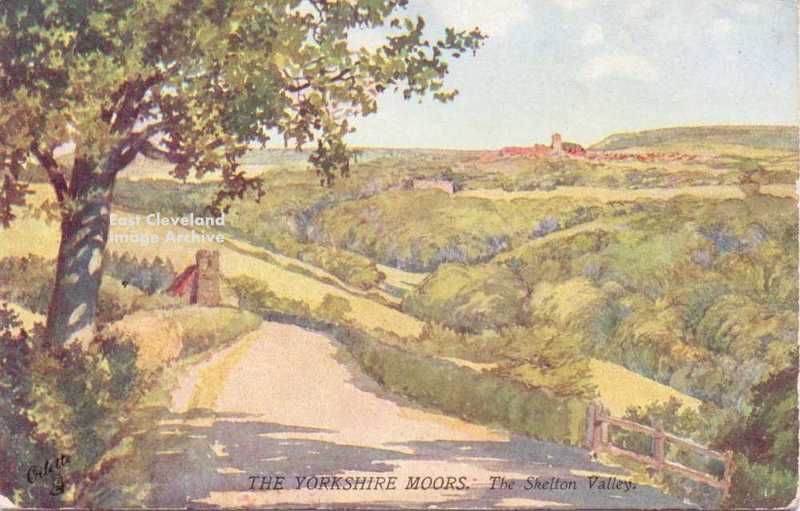 The road to old Upleatham church (as a painting by ? Gilette); in the middle distance Skelton Castle and on the horizon Skelton church and village. From a postcard courtesy of Maurice Grayson. 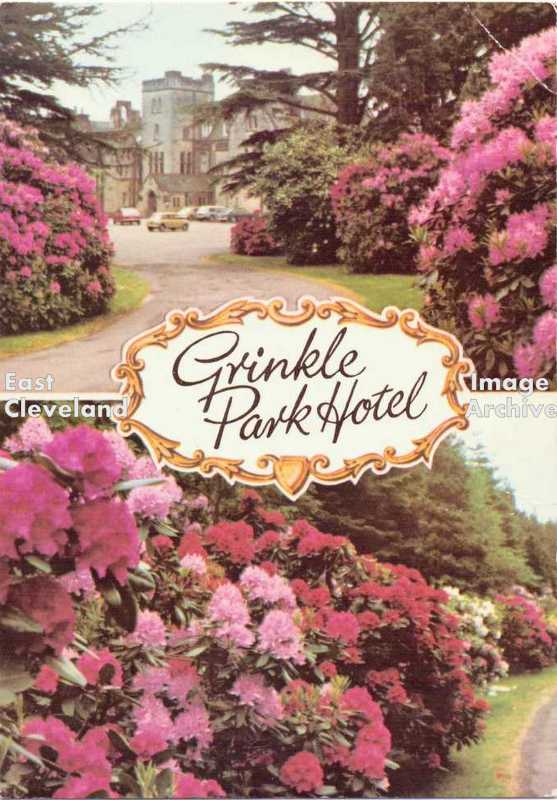 A coloured postcard of Grinkle Park, Easington. Once the home of Sir Charles Mark Palmer, now a hotel where the rhododendrons make a fine display in early summer. Image courtesy of Maurice Grayson. 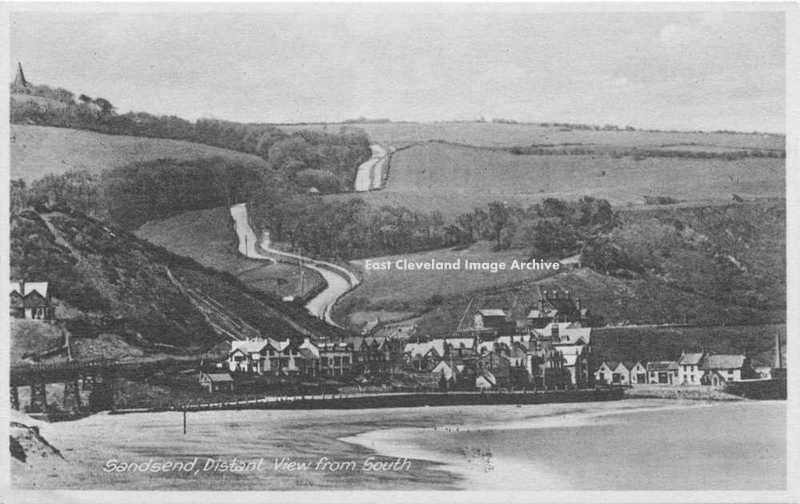 This Sandsend postcard view was taken after the tower was rebuilt on Lythe church 1911. The buildings to be seen include the chimney of the old alum works which are still intact. Sadly now gone and a loss to industrial archeology. Image courtesy of Maurice Grayson.
High Street, Lingdale; the village which owes its existence to the boom in iron stone mining. The well proportioned shop premises were in sharp contrast to the miners houses in the rest of the village. The image is from a Brittain and Wright postcard dating from the early 20th century. Image courtesy of Maurice Grayson. |
||
Recent Comments